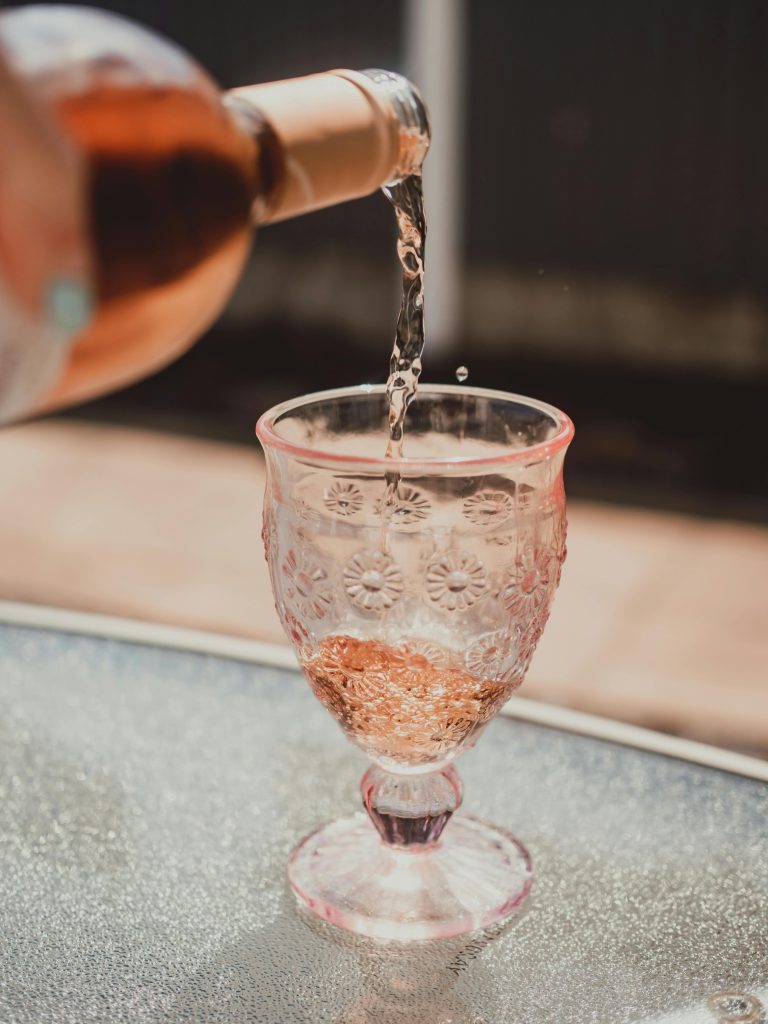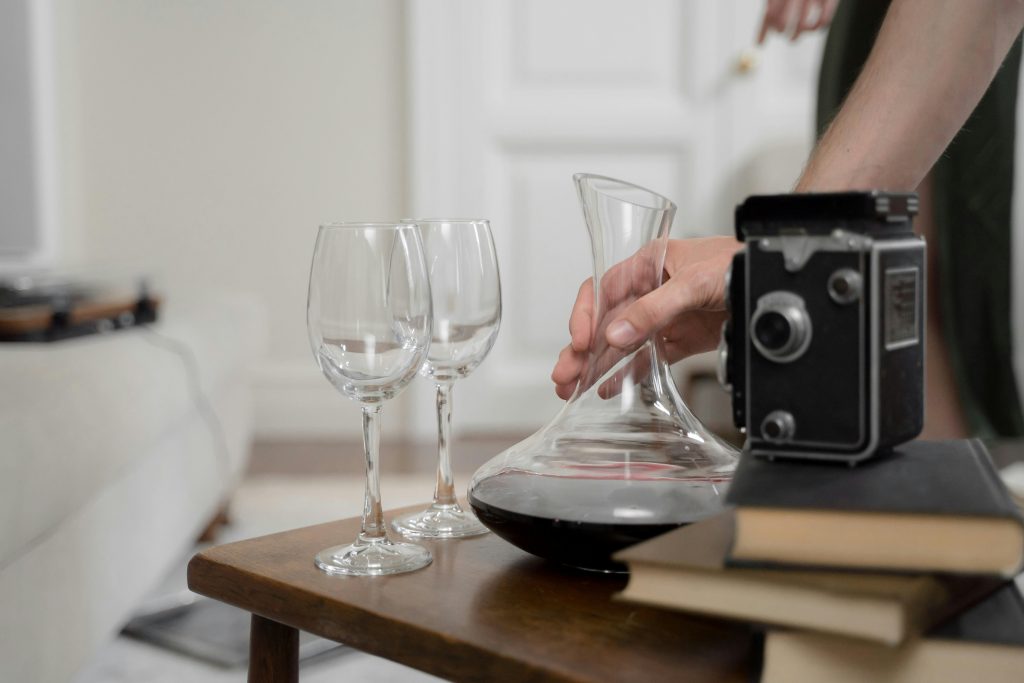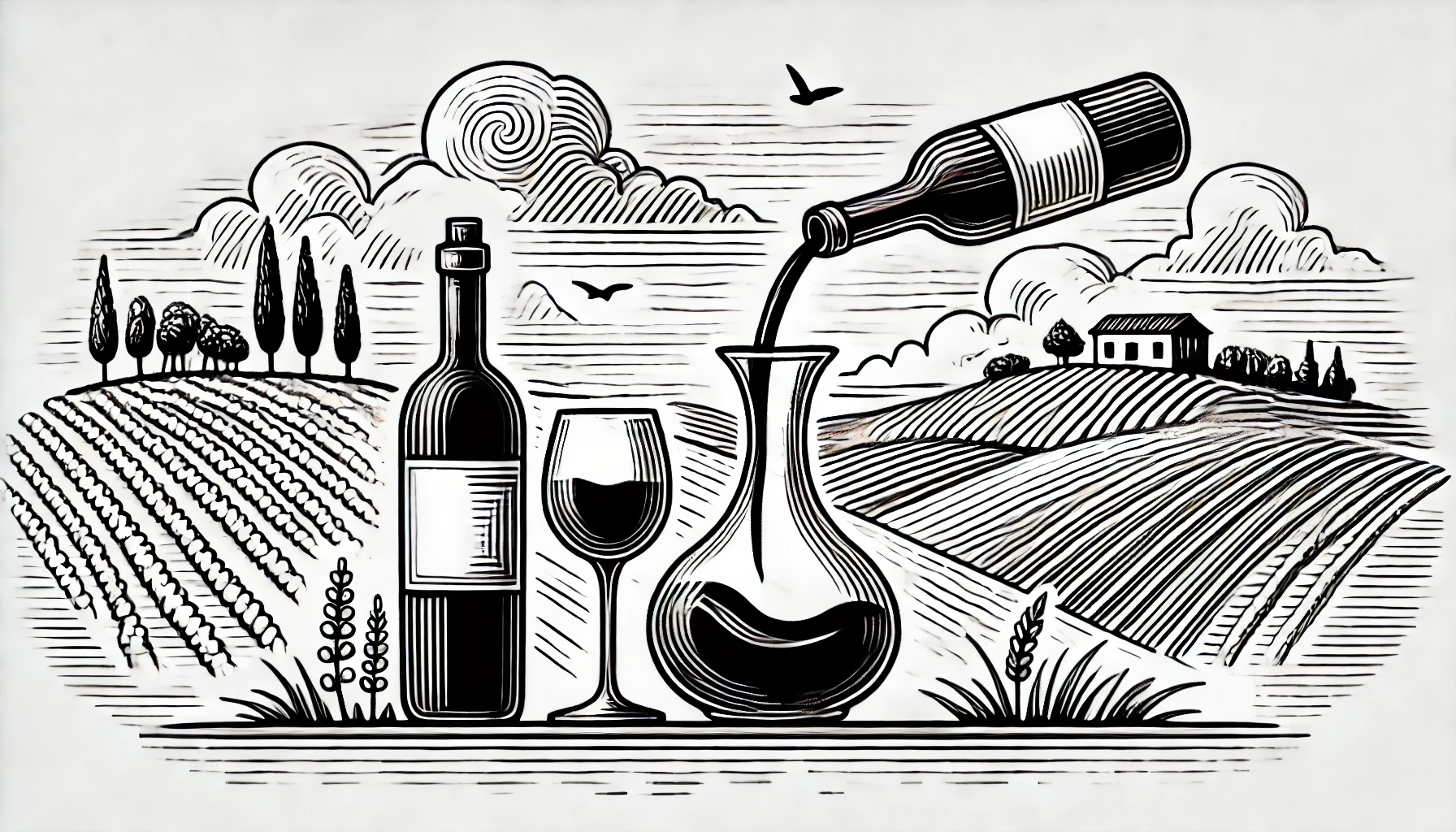
When it comes to enjoying wine, there are a few rituals that truly elevate the experience. One of these rituals is decanting. It’s not just for show or something that snobby sommeliers do to look impressive at fancy restaurants. Decanting has a real purpose, and when done right, it can take your wine from good to unforgettable. But when should you decant a wine? Why bother with it in the first place? And how do you actually do it? Let’s uncork the secrets of decanting in a way that’s easy to understand and, most importantly, fun!
Why Decanting Matters (It’s Not Just About the Looks)
Picture this: You’ve got a beautiful bottle of wine, and you’re ready to pour yourself a glass. You uncork it, take a whiff, and… well, it’s not quite what you expected. Maybe it smells a bit funky, or the flavors just seem a little muted. This is where decanting comes in.
Decanting is like a magic trick that helps your wine open up and reveal its true character. It’s all about oxygen. By pouring wine into a decanter, you expose it to more air, which lets it breathe. This process helps to release aromas and soften flavors, bringing out the best in your wine. Think of it as giving the wine a chance to stretch its legs after being cooped up in a bottle for who knows how long.
But it’s not just about aeration. Decanting also helps with another issue that might surprise you: sediment. Some older wines, especially red wines, develop sediment over time. It’s natural, but you definitely don’t want to drink it. Decanting helps you separate that gunky stuff from the good stuff, ensuring a smooth pour every time.
When Should You Decant a Wine? (Hint: Not Every Bottle Needs It)
So, should you decant every wine you drink? Not exactly. Decanting is especially helpful for certain types of wines, but some bottles can do without it. Let’s break it down:
1. Young Red Wines
- Young, tannic reds like Cabernet Sauvignon, Syrah, or Bordeaux can benefit from decanting. These wines often have tight, bold tannins that can taste a little harsh right out of the bottle. Decanting softens those tannins and makes the wine smoother.
- Think of it like taming a wild horse. A little air makes the wine more approachable and enjoyable. For these wines, you might want to decant for about 30 minutes to an hour before drinking.
2. Old Red Wines
- Mature red wines, especially those that have been aging for a decade or more, might have sediment. Decanting here is less about aeration and more about separating that sediment from the wine.
- But be careful—older wines can be fragile. They don’t need much time in the decanter, and in fact, too much air can make them fade quickly. A gentle pour and about 10 to 15 minutes in the decanter should do the trick.
3. Full-Bodied Whites
- Yes, you can decant some white wines too! Full-bodied whites like Chardonnay or Viognier can benefit from a bit of air exposure. It can help release complex aromas and soften their richness.
- But don’t overdo it. White wines are more sensitive to air than reds, so a quick decant (maybe 15-20 minutes) should be enough.
4. Forget About These: Light-Bodied Whites and Sparkling Wines
- Light, fresh whites like Sauvignon Blanc and Riesling don’t need decanting. They’re meant to be crisp and vibrant, and too much air can make them lose their zing.
- And sparkling wines? Big no-no. Those bubbles are delicate, and decanting will only flatten them. No one wants flat Champagne, right?

How to Decant Like a Pro (Without Feeling Intimidated)
Now that you know when to decant, let’s talk about how to do it right. It’s not as tricky as it sounds, and you don’t need to be a wine expert to pull it off. Here’s a simple guide to get you started:
1: Grab the Right Gear
- You’ll need a decanter—basically, a fancy glass container that lets your wine breathe. If you don’t have one, don’t worry! A large glass pitcher can work in a pinch.
- Pro tip: If you’re decanting to remove sediment, a flashlight or candle can help you see when the sediment starts to reach the neck of the bottle. It’s like a fun little science experiment!
2: Let the Wine Settle
- If you’re decanting an older wine, it’s a good idea to let the bottle stand upright for a few hours before you plan to open it. This allows the sediment to settle at the bottom, making it easier to pour without mixing it back in.
3: Pour Slowly and Steadily
- Open the bottle and pour the wine into the decanter in one smooth motion. Go slowly, especially as you reach the last bit of wine in the bottle.
- If you’re using that flashlight or candle, shine it under the bottle’s neck as you pour. As soon as you see sediment reaching the neck, stop pouring. Voilà, you’ve successfully separated the good stuff from the sediment!
4: Time to Wait (Or Not)
- Depending on the wine, you may want to let it sit in the decanter for a bit. For young reds, give it 30 minutes to an hour. For older wines, you can start tasting after about 10-15 minutes.
- And remember, wine tasting is all about personal preference. Feel free to taste your wine at different intervals to see how it changes over time. It’s like getting to know the wine’s personality!

A Few Myths About Decanting (And Why They’re Wrong)
Like any ritual, decanting has a few myths floating around. Let’s clear up a few misconceptions:
1: “Only Expensive Wines Need Decanting”
- Not true! Even affordable wines can benefit from a little air time. Some young, inexpensive reds can taste a lot better with a quick decant. You don’t have to break the bank to enjoy this process.
2: “All Red Wines Need to Be Decanted”
- Nope. Light reds like Pinot Noir or Gamay are often best enjoyed right out of the bottle. Decanting them could actually strip away their delicate aromas and flavors.
3: “Decanters Need to Be Super Fancy”
- Sure, there are some beautiful, intricately designed decanters out there, but you don’t need a pricey one to get the job done. A simple glass decanter or even a large jar can work just fine. It’s all about letting the wine breathe, not impressing your dinner guests (although a cool decanter doesn’t hurt).
The Final Pour: Embrace the Decanting Adventure
Decanting isn’t just a chore—it’s part of the wine experience. It’s a moment to slow down, savor, and really connect with what’s in your glass. Plus, it can be fun to see how a wine changes from the first sip to the last. Think of it like unwrapping a present slowly, enjoying every layer as it reveals itself.
So the next time you’re ready to open a bottle, don’t be afraid to reach for that decanter. Give your wine a little room to stretch, and enjoy the difference it can make. Whether you’re sipping a bold Cabernet or a rich Chardonnay, decanting might just become your new favorite wine ritual.
